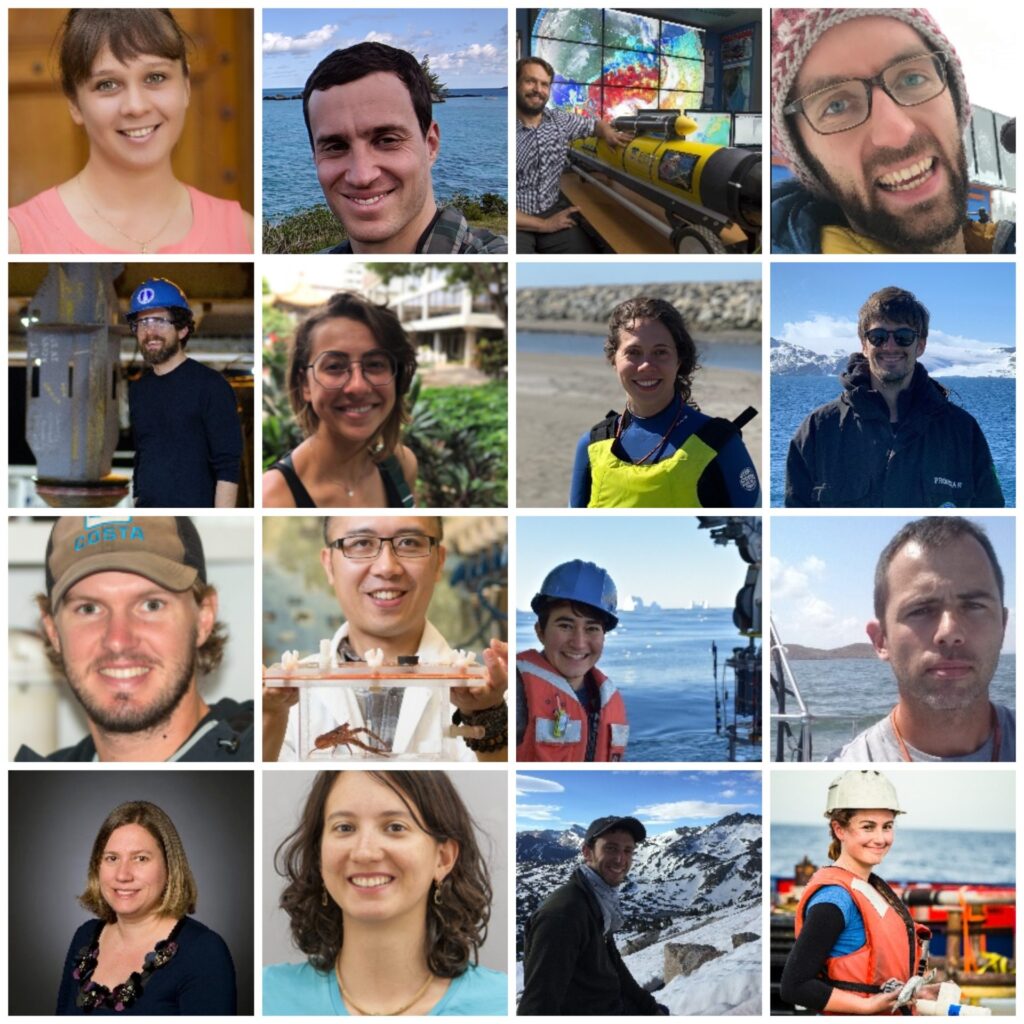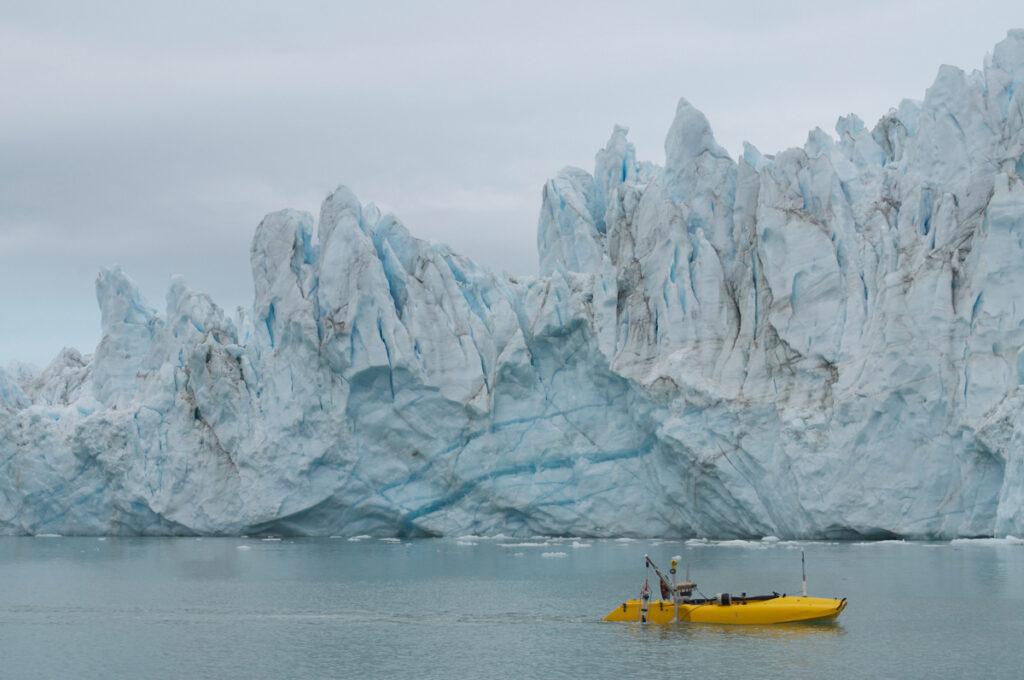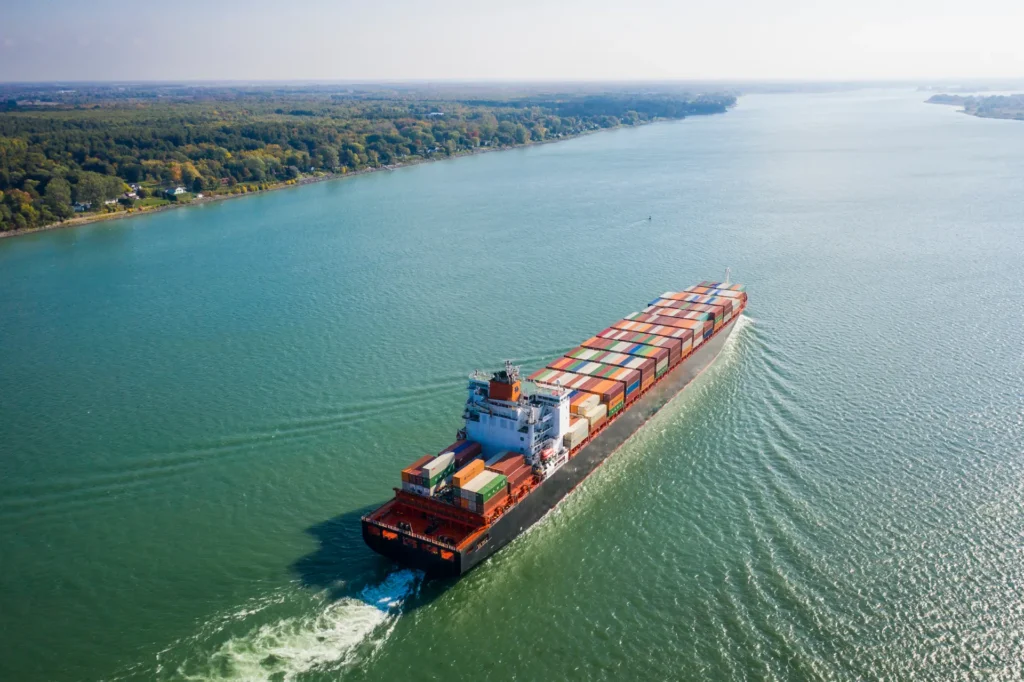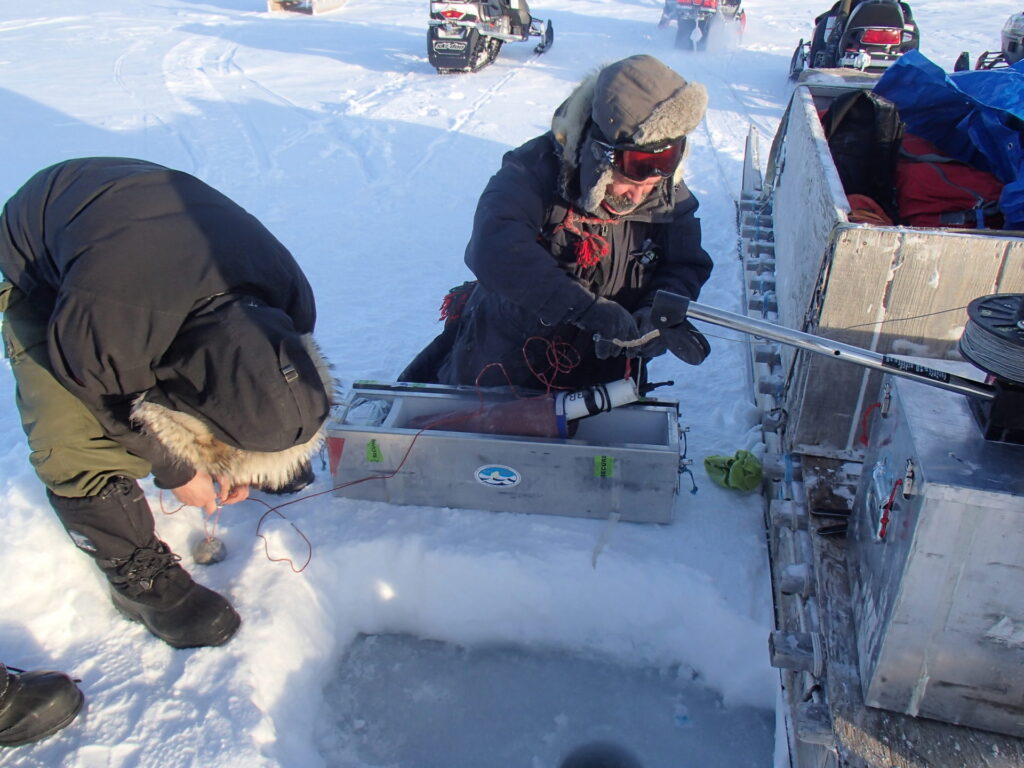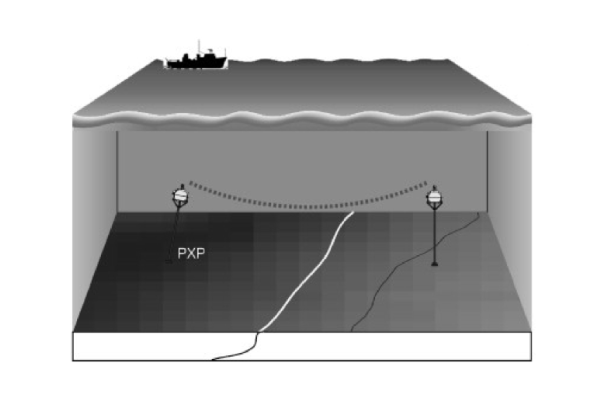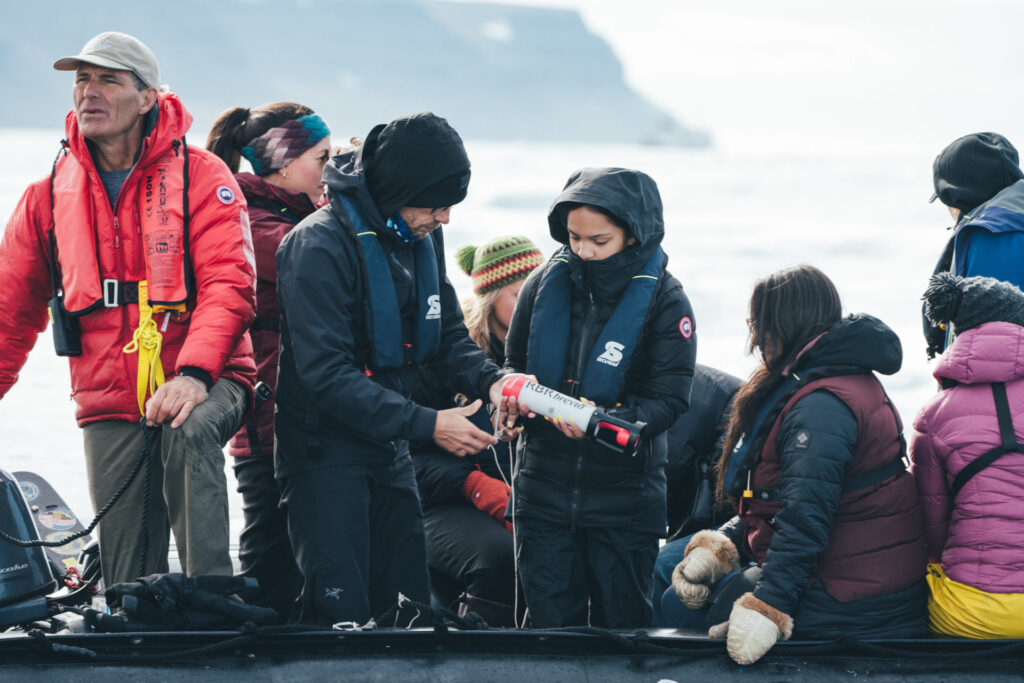Latest News
RBR Supports Early-Career Ocean Scientists in the RBR2020 Cohort Program
Learn More (RBR Supports Early-Career Ocean Scientists in the RBR2020 Cohort Program)WHOI’s ChemYak equipped with RBRconcerto CTD captures outgassing pulse during ice break-up in Cambridge Bay, Canada
In spring 2018, researchers from Woods Hole Oceanographic Institution (WHOI) surveyed the Arctic nearshore of Cambridge Bay, Canada, by remote-controlled kayak…
RBR pressure sensors deployed to investigate ship wakes along the St. Lawrence Seaway
Learn More (RBR pressure sensors deployed to investigate ship wakes along the St. Lawrence Seaway)Citizen scientists deploy RBR CTDs and collect valuable ocean data
Learn More (Citizen scientists deploy RBR CTDs and collect valuable ocean data)Investigating seafloor crustal deformation with RBR loggers
Learn More (Investigating seafloor crustal deformation with RBR loggers)Students On Ice cast an RBRbrevio³ CTD into the Arctic Ocean and learn about Arctic science and change
Learn More (Students On Ice cast an RBRbrevio³ CTD into the Arctic Ocean and learn about Arctic science and change)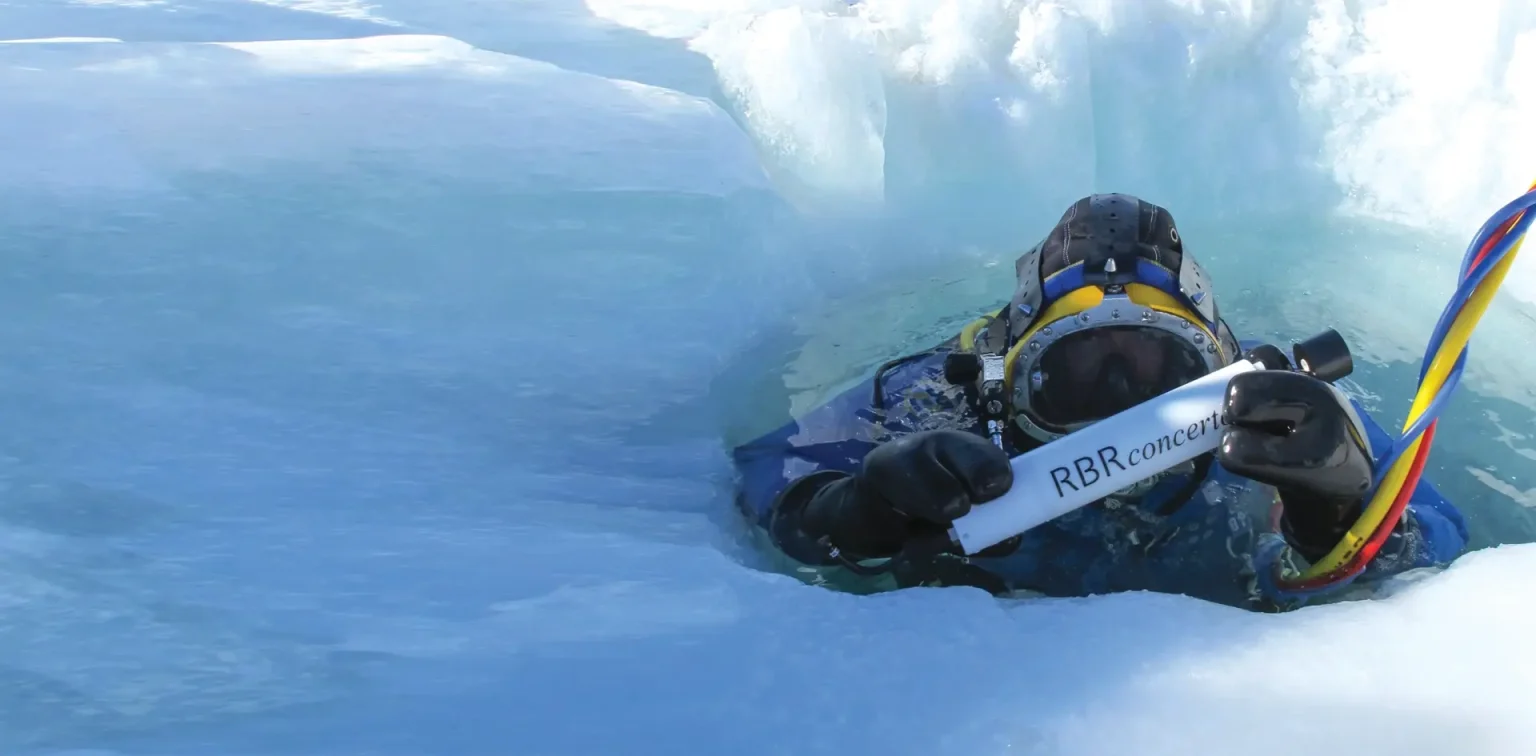
Ready to dive in? Contact us today.
We partner with passionate oceanography and water quality experts worldwide to ensure you receive excellent local customer service, sales, and support.
Get started